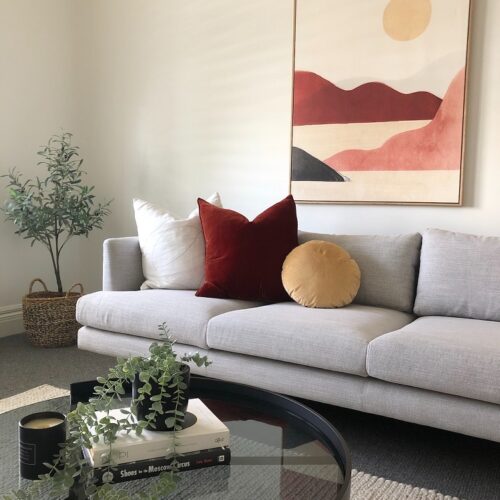
Buying a new home in the UK is rapidly increasing investment – the average cost of a two-bedroom home is now £255,172. The average mortgage increased by 2% year-on-year in 2023 and is now £759. For many, these numbers are simply out of reach, and new build homes aren’t making life easier for people who want to jump on the property ladder. Older homes, however, are the saving grace. They have character and charm, and they often value dramatically lower when compared to a new build of the same specifications.
Still, although many people will tell you to buy an older home, there are some things they don’t tell you. We’re here to fill you in on all the hidden information you need.
More Character, More Risk?
There’s a saying that you might have heard – ‘they just don’t make them like this anymore’. True, and what that saying can imply is that new build homes might be safer to live in. During the 1900s, one of the common materials used to build residential houses was asbestos. Undisturbed, this is fine. Disturbed, and you have a host of potentially horrible health implications.
It’s not always something located in home inspections, so you should ensure your home inspection covers it. Fear not – companies like abruss.co.uk can swiftly remove it, so it’s not necessarily the be-all and end-all, but instead, something you should keep in mind when investing in an older home.
Bad Water Works And Energy Efficiency
Nothing lasts forever, and sometimes one of the cons of buying into an older home is the terrible water pressure. Debris and dirt collect over time and cause narrowings that prevent water from flowing as it should. Don’t hold back on viewings – turn on the taps and shower and see how the water flows. Again, not a be-all and end-all, but you would have to invest in fixing the issue once in your new home.
As for energy efficiency, they simply weren’t as bothered about energy efficiency as we are now when designing homes in the 1900s and early 2000s. With the current cost of living crisis, it’s perhaps wise to consider how efficient your investment will be.
The Cost After Buying
What you’ll notice about everything we’ve mentioned above are the costs you could have after purchasing an older home. Sure, you’ll save some money initially, but you have to factor in everything you’ll have to change or do when you don’t have a new build home that has been designed specifically to your needs or is simply fresh on the ground and needs no changes. Still, don’t be fooled. Modern new-build homes are often poorly designed.
Take the time to weigh out the pros and cons. New build homes look great on the outside, but they simply don’t make homes as they once did. Older homes – even though they have their cons – are sometimes a more suitable investment in the long run. Would you invest in an older home and fix it up, or are you destined for a new build?
© Copyright 2023 Antonia, All rights Reserved. Written For: Tidylife


Leave a Reply